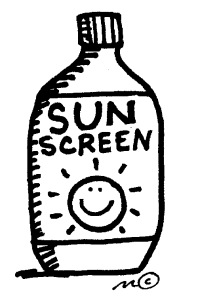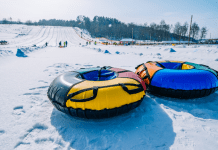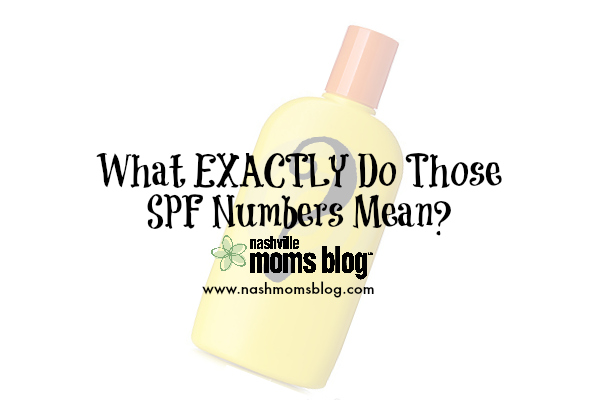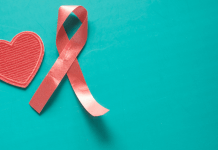Last summer, my 5 year old was diagnosed with vitiligo. What exactly is vitiligo? Good question. Vitiligo may be an autoimmune disease. These diseases happen when your immune system mistakenly attacks some part of your own body. In vitiligo, the immune system destroys the cells (melanocytes) that give skin its coloration. It is also possible that one or more genes may make a person more likely to get the disorder. Some speculate that it could be emotional distress or a sunburn. And that’s what makes this so frustrating! There is no cure, and no one knows what causes it. Just within the last year, my girl has lost even MORE pigment on her hands, knees, face, elbows and feet. Aside from her wanting to cover her skin, I also want to make sure it is protected. I’ve found some great clothing with SPF and have learned that there are products that I can add when I wash her clothes to add additional SPF protection.
When it comes to the SPF number on our sunscreen bottles, a lot of us just figure that the higher the number the better we’ll be protected. Makes total sense, right? But of course you know it can’t be that simple and easy! SPF stands for Sun Protection Factor, and it’s basically a measure of how well a sunscreen will protect your skin from those darn UVB Rays.
UVA and UVB rays can both actually damage the skin. UVB rays are the ones that can cause those dreaded sunburns, and UVA rays are the ones that cause wrinkles and leathery skin. None of those are pretty!

Wearing sunscreen with SPF ratings help to give you more time of safe fun in the sun. If you normally burn after 10 minutes in the sun, applying sunscreen with an SPF rating of 15 would allow you to enjoy being outdoors for roughly 150 minutes. Of course, there are other aspects to consider such as: your type of skin, how much sunscreen you use, and the intensity of the sunlight. A higher SPF blocks out more rays, so a product with an SPF of 15 will filter out approximately 93 percent of UVB rays; SPF 30 filters out about 97 percent. Not really that much of a difference is there?
For best protection, it’s important to apply ENOUGH and to apply it OFTEN. I think that’s what a lot of people forget. We tend to believe that after one good application you’re good to go all day. Unfortunately, that’s not the case. For us, we typically try to reapply every 2 hours, and we drop that down to about an hour and a half when we’re at the pool. (Sunscreen can be water resistant, but it’s not water proof. Also, sun reflects off of water making the need for reapplication even greater.)
Also—remember to try to limit activities outdoors between the hours of 10am and 2pm when the sun’s rays are at their strongest. Apply your sunscreen early (20 minutes before sun exposure), thoroughly, and often—then get out there and enjoy your Summer!

















[…] slide. Set up water balloon and sponge bomb stations for impromptu or organized party games. (Don’t forget the sunscreen!) Make sure to have plenty of towels on hand—because you are all sure to be soaking wet by the […]
[…] The best I can do is take care of my body. I will keep moving, use a good skincare regimine (AND SUNSCREEN!), and eat to fuel and care for my body. (I also have an eye exam scheduled for […]
[…] 12. Wear sunscreen. […]
[…] Becoming a Parent: Pack 6 different bikinis, SPF 8, a couple of books, and your favorite Koozie. “I’m going to relax and tan FOR A WHOLE […]